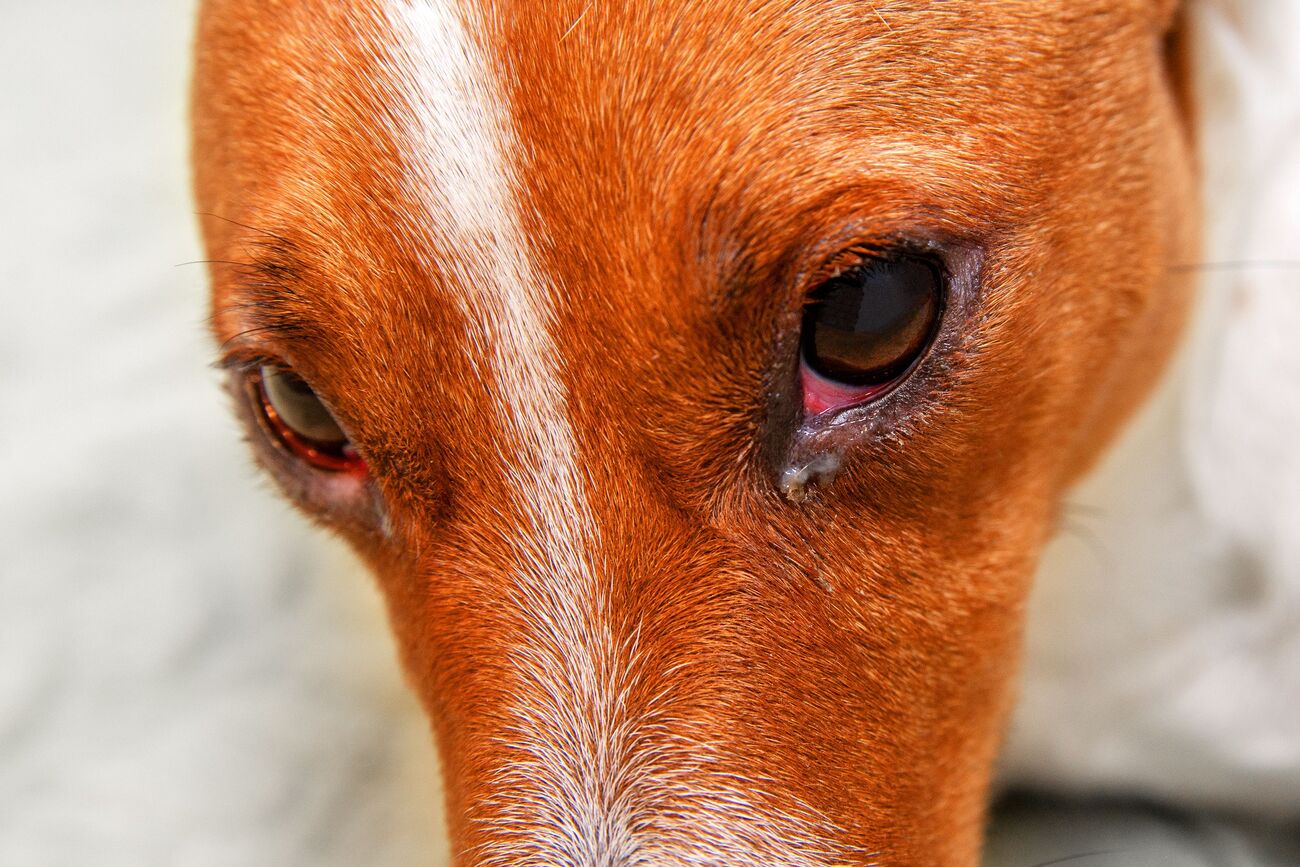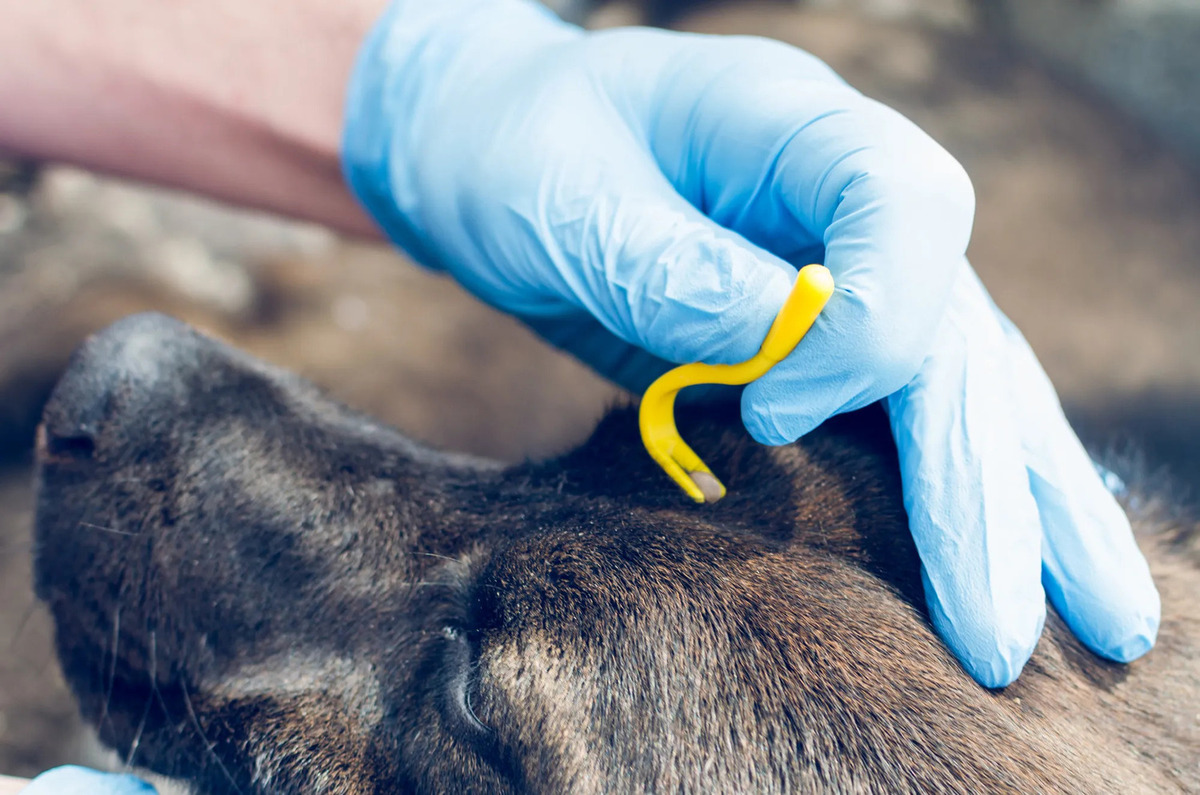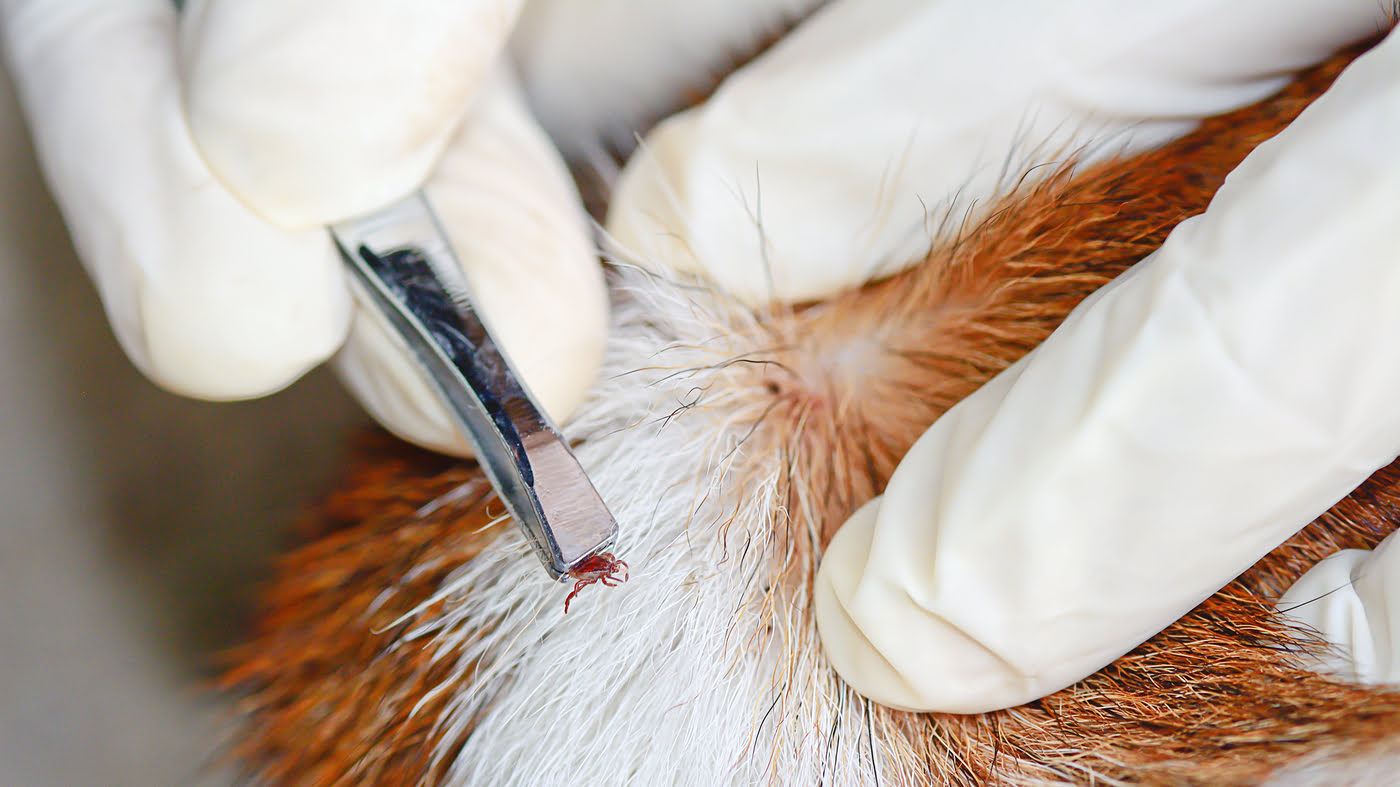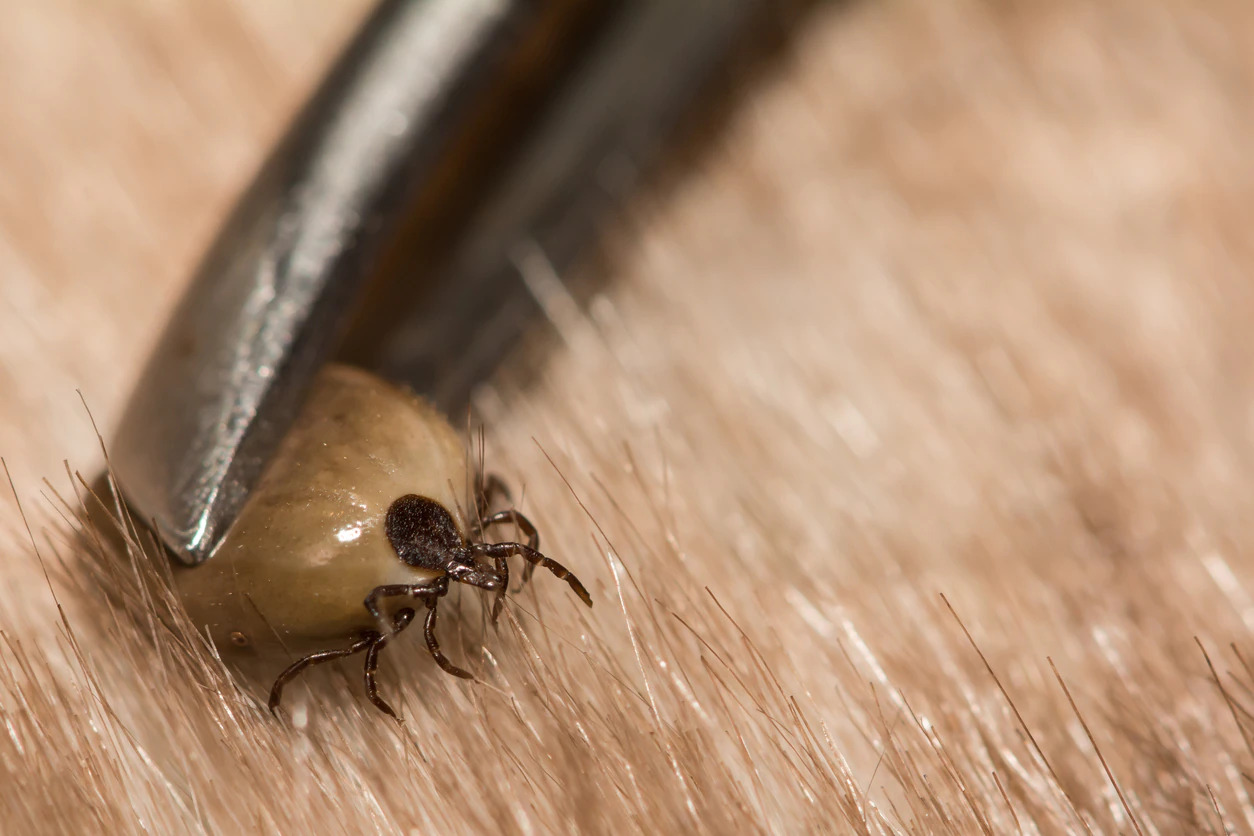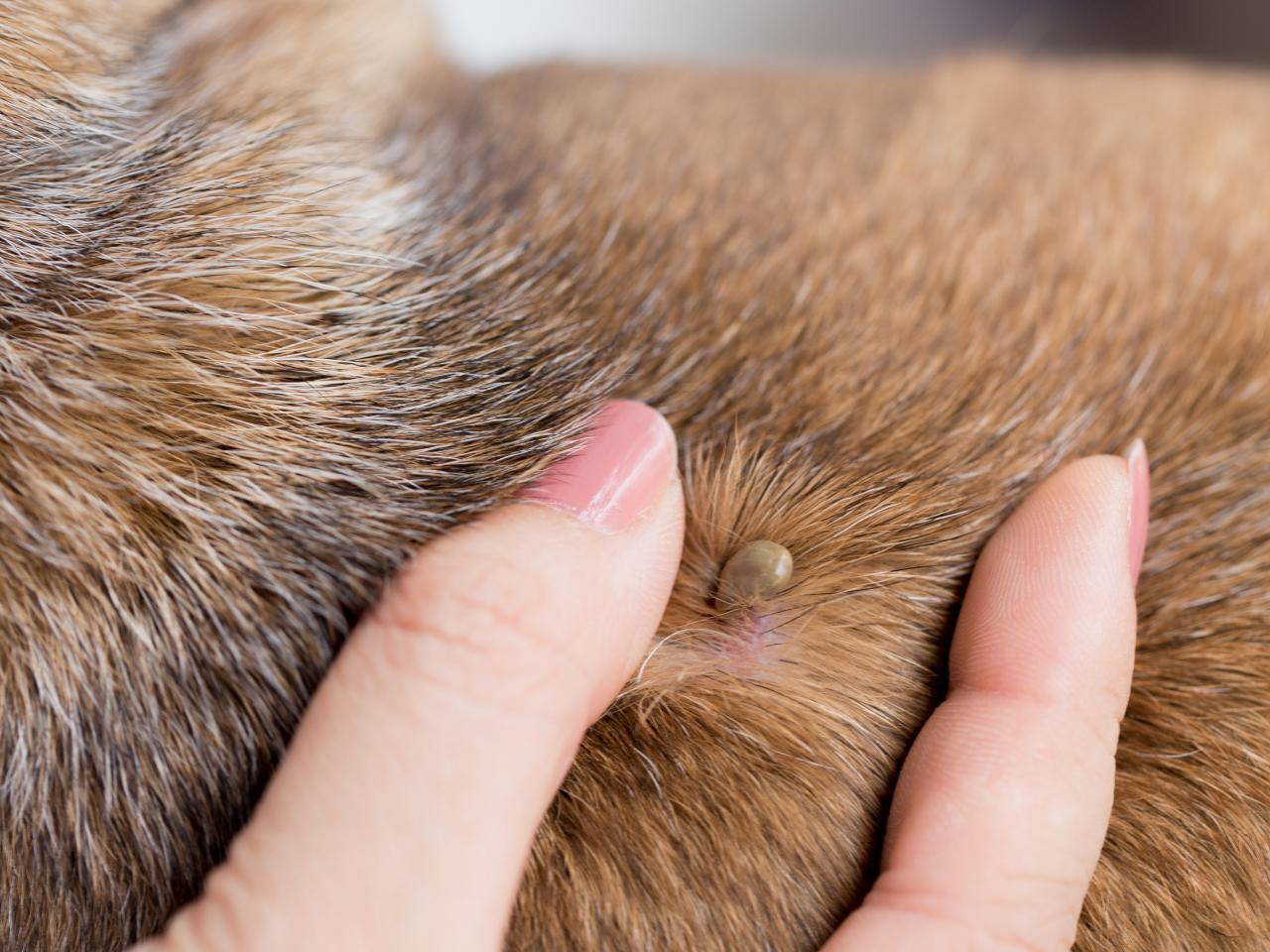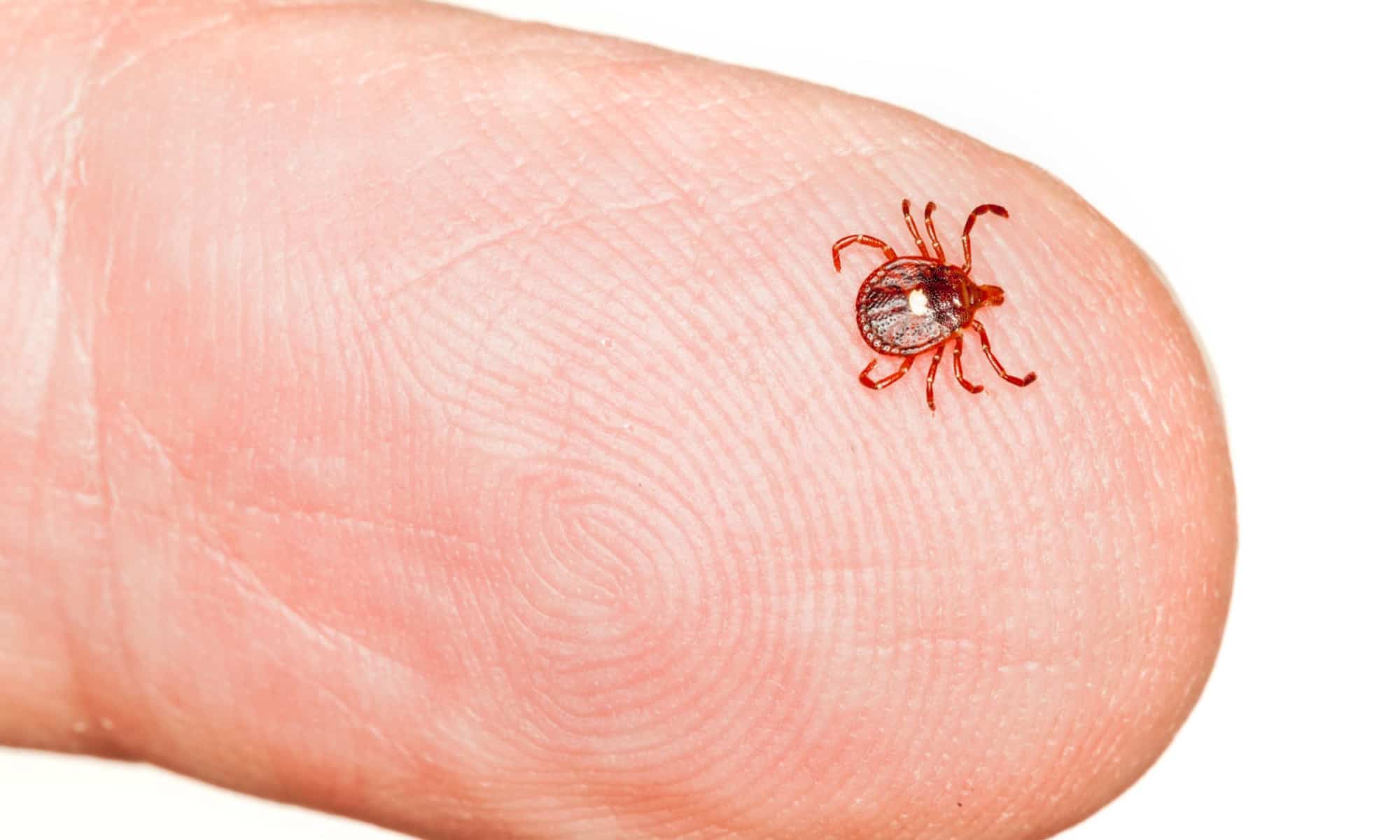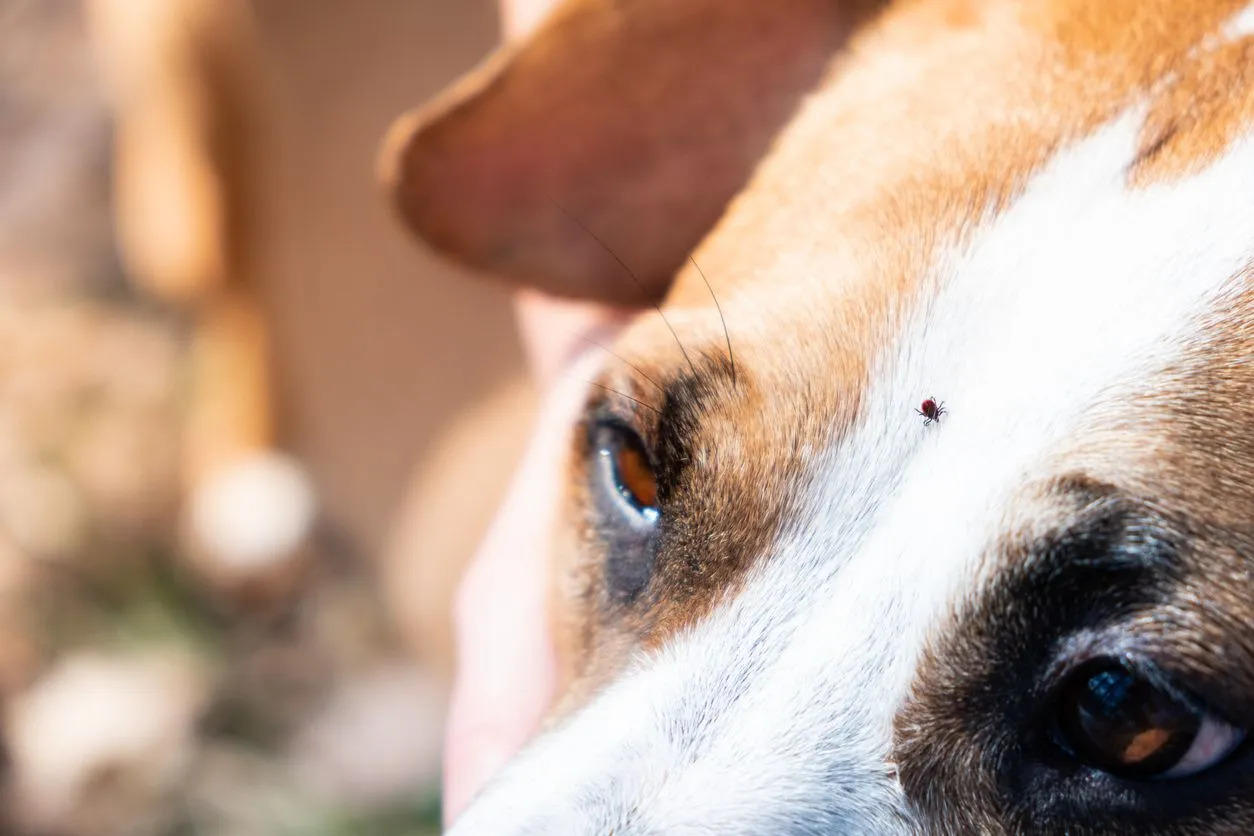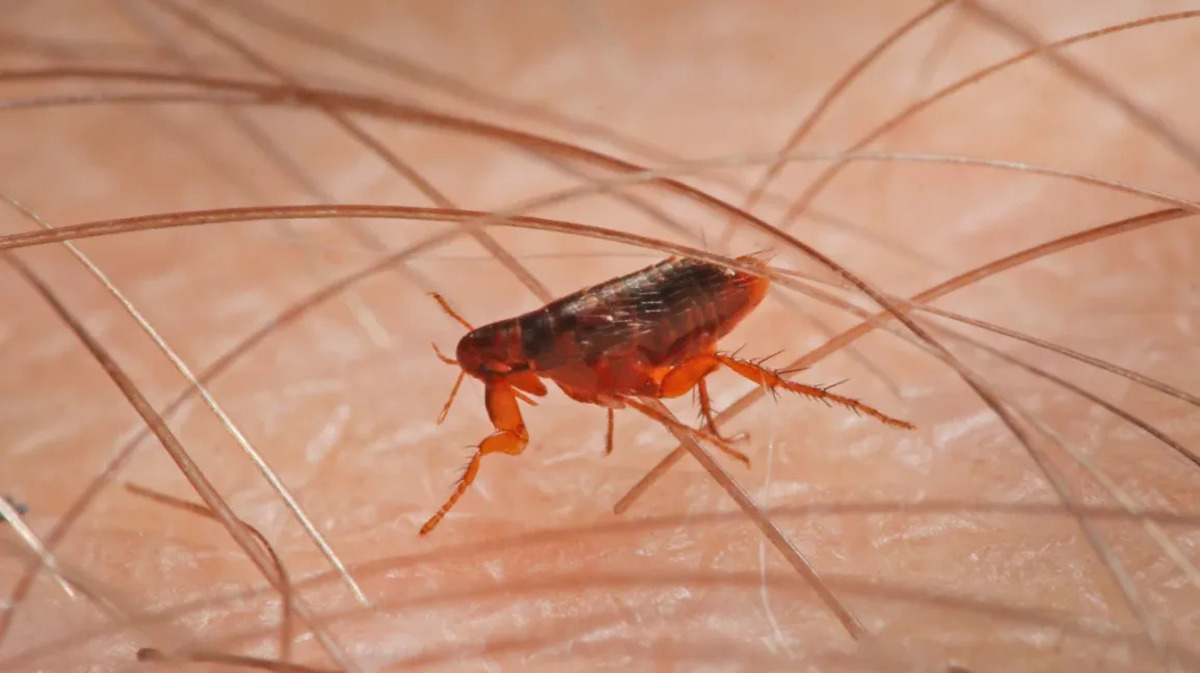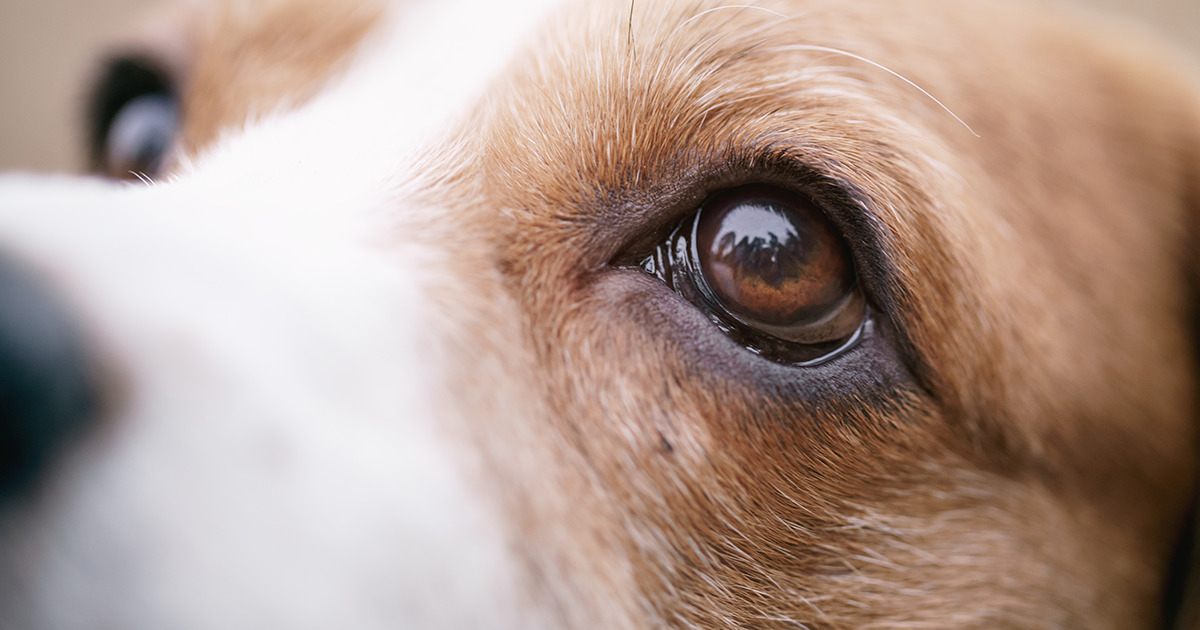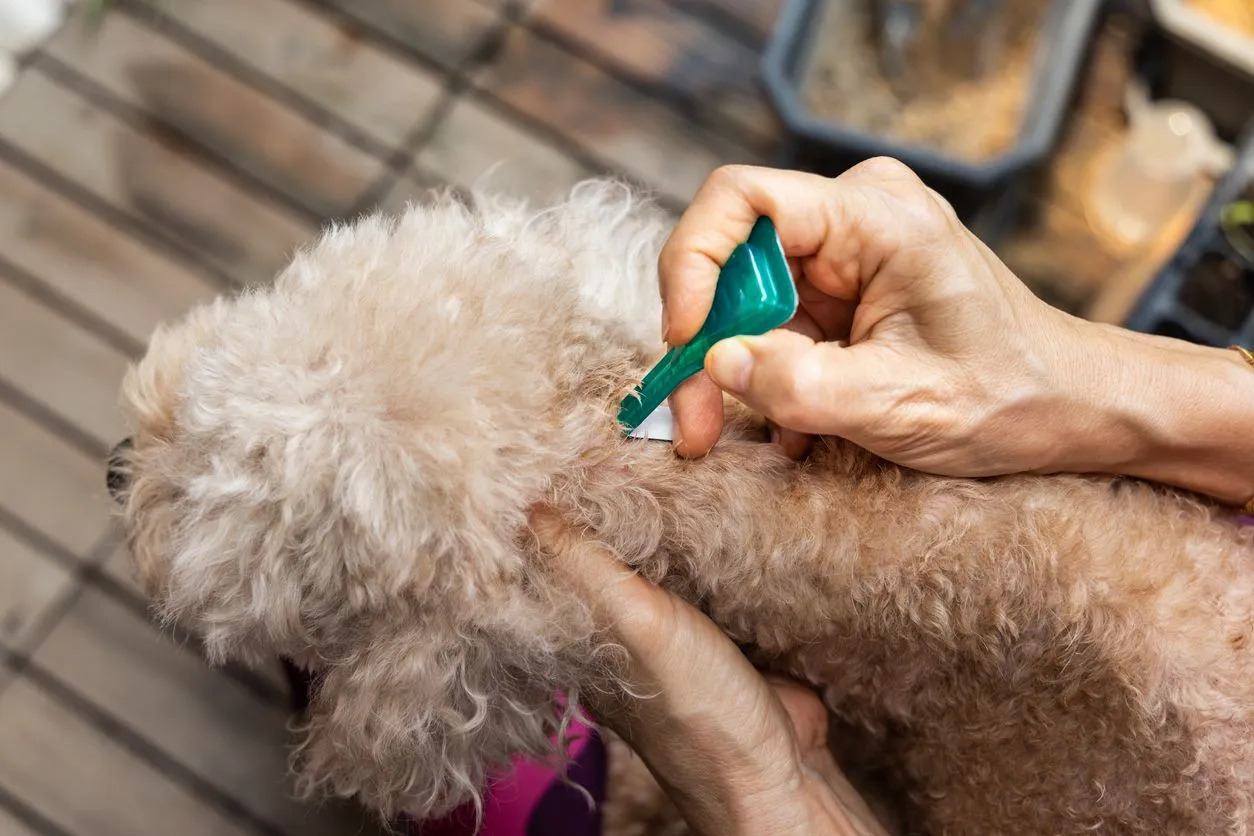Home>Health & Wellness>Common Health Issues>How To Remove Tick Eggs From A Dog
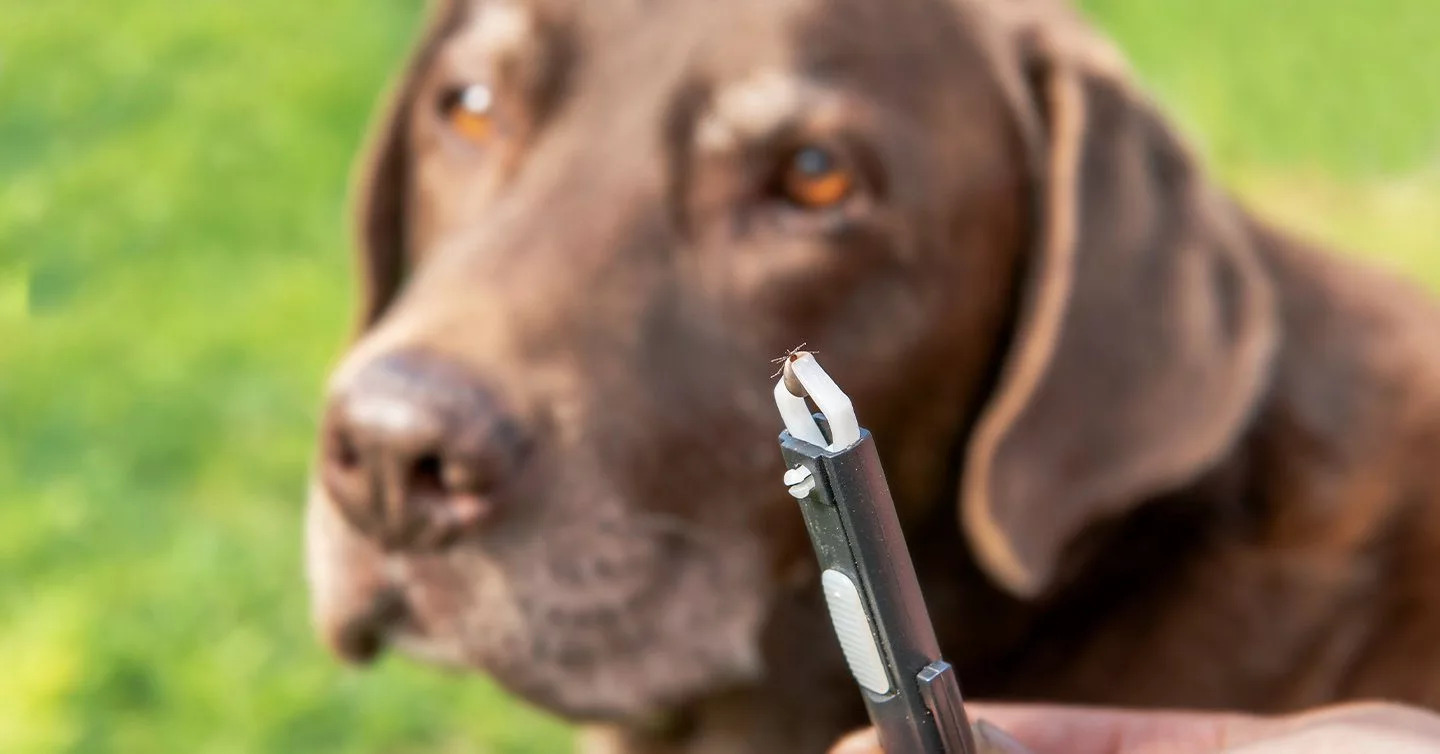

Common Health Issues
How To Remove Tick Eggs From A Dog
Published: February 3, 2024
Learn how to remove tick eggs from your dog and prevent common health issues. Keep your pet healthy and happy with our expert tips.
(Many of the links in this article redirect to a specific reviewed product. Your purchase of these products through affiliate links helps to generate commission for Pawsomeoldies.com, at no extra cost. Learn more)
Table of Contents
Introduction
Ticks are pesky parasites that can cause a range of health issues for our furry friends. One often overlooked aspect of tick infestations is the presence of tick eggs. These tiny, resilient eggs can be found in various areas where your dog spends time, such as in the yard, on bedding, or even on the dog itself. Understanding how to identify and remove tick eggs is crucial for maintaining your dog's health and preventing future infestations.
In this comprehensive guide, we will delve into the world of tick eggs, exploring how to identify them on your dog and effectively remove them. Additionally, we will discuss preventive measures to safeguard your dog from these persistent pests. By the end of this article, you will be equipped with the knowledge and tools to protect your beloved canine companion from the potential harm posed by tick eggs. Let's embark on this journey to ensure the well-being of our furry friends.
Understanding Tick Eggs
Tick eggs are a crucial part of the life cycle of these blood-sucking parasites. Understanding their characteristics and behavior is essential in combating tick infestations and protecting your dog from potential health risks. Tick eggs are typically laid in large clusters, often numbering in the hundreds or even thousands. These eggs are resilient and can survive in various environments, making them a persistent threat to your dog's well-being.
Tick eggs are commonly found in outdoor areas where ticks thrive, such as tall grass, wooded areas, and shrubbery. They can also be present in indoor spaces where infestations have occurred, including carpets, bedding, and furniture. The ability of tick eggs to survive in diverse environments underscores the importance of thorough preventive measures to minimize the risk of infestations.
It's important to note that tick eggs are not immediately visible to the naked eye. They are minuscule, often resembling tiny grains of sand or poppy seeds. This makes them challenging to detect, especially in outdoor settings where they can blend in with the surroundings. Due to their small size and inconspicuous appearance, tick eggs can easily go unnoticed, allowing infestations to escalate rapidly.
Furthermore, tick eggs have a remarkable ability to withstand adverse conditions. They can endure fluctuations in temperature and humidity, remaining viable for extended periods. This resilience contributes to the persistence of tick populations and the challenges associated with eradicating infestations.
In summary, understanding the nature of tick eggs is crucial for effectively managing and preventing tick infestations. Their small size, resilience, and ability to thrive in diverse environments make them a formidable adversary in the battle against ticks. By gaining insight into the characteristics and behavior of tick eggs, you can take proactive measures to safeguard your dog and create a tick-free environment for them to enjoy.
Identifying Tick Eggs on Your Dog
Identifying tick eggs on your dog is a crucial step in mitigating the risk of infestations and protecting your pet's well-being. Despite their diminutive size, tick eggs can be found in various areas on your dog's body, particularly in regions where ticks tend to congregate. Understanding how to spot these tiny eggs is essential for prompt removal and prevention of potential health issues.
Tick eggs are commonly found in areas with dense fur, making them challenging to detect with the naked eye. They often appear as small, dark specks closely resembling grains of sand or tiny poppy seeds. These eggs can be nestled within the fur, particularly around the ears, neck, and underbelly of your dog. Additionally, they may be present in the spaces between your dog's toes, where ticks often seek refuge.
To identify tick eggs on your dog, thorough inspection is necessary. Gently parting your dog's fur and carefully examining the skin can reveal the presence of these minuscule eggs. A magnifying glass can be a valuable tool in this process, enabling you to spot the eggs with greater clarity. It's important to be meticulous in your examination, as tick eggs can easily go unnoticed due to their size and inconspicuous appearance.
Furthermore, if your dog has been scratching or displaying signs of discomfort, it may indicate the presence of tick eggs or adult ticks. Paying attention to your dog's behavior and conducting regular inspections can aid in early detection and prompt removal of tick eggs, minimizing the risk of infestations and potential health complications.
In addition to inspecting your dog's fur, it's essential to check their bedding, living areas, and any outdoor spaces they frequent. Tick eggs can be transferred from these environments onto your dog, perpetuating the risk of infestations. By maintaining a clean and tick-free living environment for your dog, you can significantly reduce the likelihood of tick egg infestations and safeguard their well-being.
In summary, identifying tick eggs on your dog requires diligence and thorough inspection. By understanding where these eggs are likely to be found and conducting regular examinations, you can effectively detect and remove them, minimizing the risk of tick infestations and ensuring the health and comfort of your beloved canine companion.
Removing Tick Eggs from Your Dog
Removing tick eggs from your dog is a crucial step in preventing infestations and safeguarding their well-being. While these minuscule eggs may be challenging to spot, prompt and thorough removal is essential for maintaining a tick-free environment for your furry friend.
To begin the process of removing tick eggs from your dog, it's important to gather the necessary tools. A fine-toothed comb or a specialized tick removal tool can be invaluable in this endeavor. These tools enable you to comb through your dog's fur, targeting areas where tick eggs are likely to be nestled. Additionally, having a pair of tweezers on hand can aid in the precise extraction of any stubborn eggs that may be firmly attached to your dog's skin.
Once you have the appropriate tools, carefully comb through your dog's fur, paying close attention to areas where ticks commonly hide, such as around the ears, neck, and underbelly. As you comb through the fur, be on the lookout for tiny dark specks, which may indicate the presence of tick eggs. When you spot these eggs, gently use the comb or tweezers to remove them, taking care to avoid causing discomfort to your dog.
In cases where tick eggs are firmly attached to your dog's skin, the tweezers can be used to grasp the eggs close to the skin's surface and carefully lift them away. It's important to exercise caution and precision during this process to prevent any accidental injury to your dog. Additionally, maintaining a calm and reassuring demeanor can help keep your dog at ease during the egg removal process.
After removing the visible tick eggs, it's essential to thoroughly clean and disinfect the areas where the eggs were found. This includes your dog's bedding, living areas, and any outdoor spaces they frequent. Regular vacuuming and washing of bedding can help eliminate any remaining eggs and minimize the risk of reinfestation.
In addition to physical removal, preventive measures such as using tick-repellent products and maintaining a well-groomed environment can further reduce the likelihood of tick eggs reappearing on your dog. By implementing these proactive measures, you can create a safer and more comfortable environment for your canine companion, free from the threat of tick infestations.
In summary, removing tick eggs from your dog requires patience, diligence, and a methodical approach. By utilizing the appropriate tools, conducting thorough inspections, and implementing preventive measures, you can effectively eliminate tick eggs and minimize the risk of infestations, ensuring the well-being of your beloved pet.
Preventing Tick Infestations
Preventing tick infestations is a proactive and essential aspect of maintaining your dog's health and well-being. By implementing preventive measures, you can significantly reduce the risk of tick eggs and adult ticks taking up residence on your furry companion. Here are some effective strategies to prevent tick infestations and create a safer environment for your dog:
-
Regular Grooming: Establish a routine for grooming your dog, including thorough brushing and inspection for ticks and tick eggs. Regular grooming not only helps maintain your dog's coat and skin health but also enables you to promptly detect and remove any potential tick infestations.
-
Tick-Repellent Products: Utilize tick-repellent products such as topical treatments, collars, and sprays that are specifically designed to deter ticks. These products create an additional layer of protection for your dog, reducing the likelihood of tick infestations and minimizing the risk of exposure to tick-borne diseases.
-
Environmental Maintenance: Keep your living environment well-maintained by regularly mowing the lawn, trimming shrubbery, and clearing away leaf litter. Ticks thrive in outdoor environments, and by minimizing their preferred habitats, you can reduce the risk of infestations around your home.
-
Tick-Control Treatments: Consider implementing tick-control treatments for your yard and outdoor spaces. These treatments can help reduce the tick population in your immediate surroundings, creating a safer outdoor environment for your dog to enjoy.
-
Regular Veterinary Check-ups: Schedule regular check-ups with your veterinarian to ensure your dog receives comprehensive preventive care, including vaccinations and screenings for tick-borne diseases. Your veterinarian can also provide guidance on effective tick prevention strategies tailored to your dog's specific needs.
-
Education and Awareness: Stay informed about the prevalence of ticks in your area and the potential health risks they pose to your dog. By understanding the seasonal patterns of tick activity and the specific types of ticks in your region, you can adapt your preventive measures accordingly.
By incorporating these preventive strategies into your dog's care routine, you can create a safer and more enjoyable environment for them while minimizing the risk of tick infestations. Remember that proactive prevention is key to safeguarding your dog's health and ensuring they can thrive in a tick-free environment.
